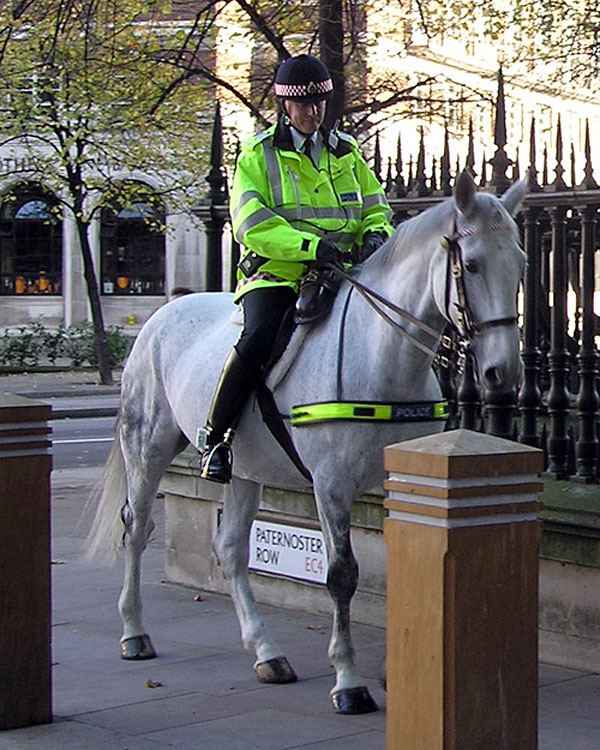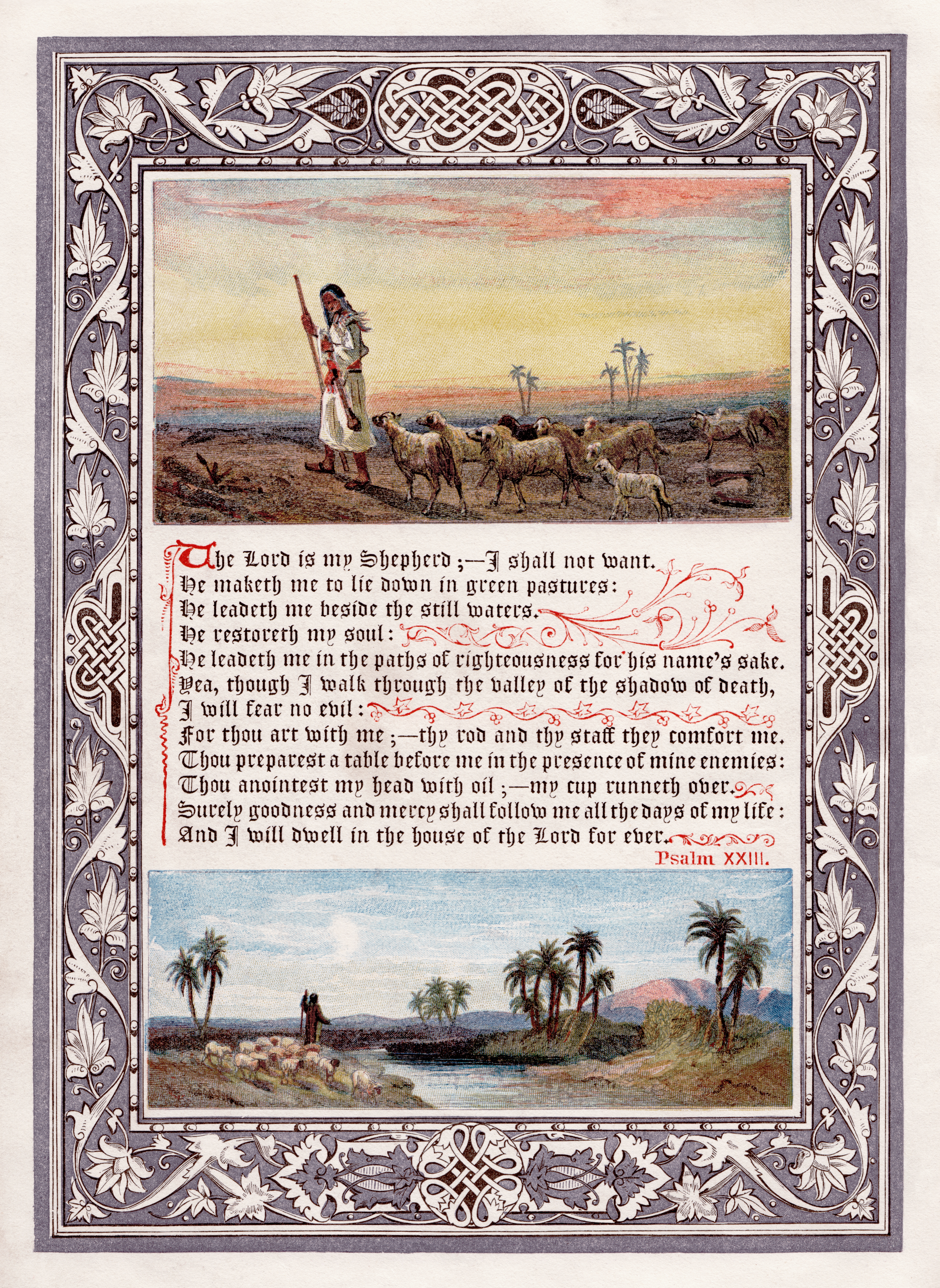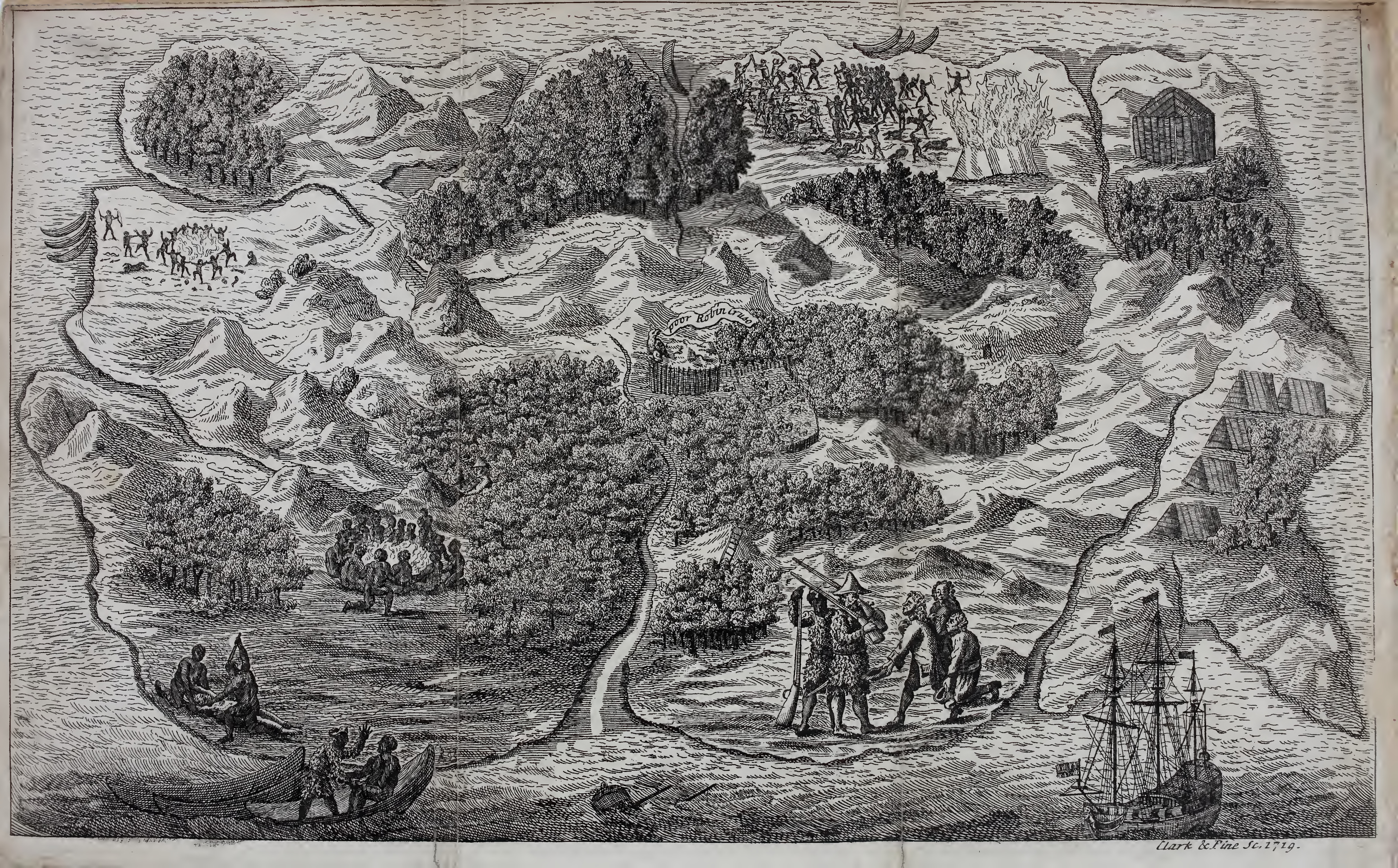|
Elliot Stock
Elliot Stock (1838 - 1 March 1911) was an English publisher and bibliophile who collected first editions. The publishing company that bore his name was in business from 1859 to 1939. His father was wealthy but died when Elliot was in his infancy. After education at Amersham Grammar School, Elliot Stock first worked for the firm of Piper, Stephenson, and Spence and then in 1857 became an apprentice to Mr. B. L. Green, a book-seller at 62, Paternoster Row. In 1859 Stock acquired the business. B. L. Green was the brother of Dr. Green of the Religious Tract Society. In its early years, the firm of Elliot Stock was primarily engaged in publishing religious works. In 1866 Stock married Fanny Bellin, the daughter of Samuel Bellin, an artist and engraver. Stock became an amateur painter and poet and acquired many artistic and literary friends and acquaintances. He was also a bird-watcher and athlete (winning a silver cup in rowing). In 1877 Stock published facsimile first editions of ''T ... [...More Info...] [...Related Items...] OR: [Wikipedia] [Google] [Baidu] |
Amersham Grammar School
Dr Challoner's Grammar School (also known as DCGS, Challoner's Boys or simply Challoner's) is a selective grammar school for boys, with a co-educational Sixth Form, in Amersham, Buckinghamshire, England. It was given Academy (English school), academy status in January 2011. It was founded in 1624 in accordance with the last will and testament of Robert Chaloner (priest), Robert Chaloner. Chaloner, a Doctor of Divinity, was Rector of Amersham from 1576 to his death in 1621. He was also a Canon of St George’s Chapel, Windsor from 1584. History In his will, Robert Chaloner left money to establish a grammar school in Amersham. "… the like sume of twenty pounds yearly out of the said lands at Wavendon I give unto my wellbeloved friend Mr. William Tothill Esquire and Mr William Pennyman Esquire to erect a free gramar schoole in Amersam in the County of Bucks to be established by Deede of Feofment or otherwise as their wisdome can devise The towne and pish allotinge the Churche ... [...More Info...] [...Related Items...] OR: [Wikipedia] [Google] [Baidu] |
Paternoster Row
Paternoster Row was a street in the City of London that was a centre of the London publishing trade, with booksellers operating from the street. Paternoster Row was described as "almost synonymous" with the book trade. It was part of an area called St Paul's Churchyard. The street was devastated by aerial bombardment during the World War II. In 2003 the street was replaced with Paternoster Square, the modern home of the London Stock Exchange, although a City of London Corporation road sign remains in the square near where Paternoster Row once stood. As far back as the 12th century, the road was known as Paternoster Row, as it was the main place in London where Paternoster beads were made by skilled craftsmen. The beads were popular with illiterate monks and friars at the time, who prayed 30 Paternoster prayers (Latin for "Our Father") three times a day as a substitute for the 150 psalms recited a day by literate monks. Name The street is supposed to have received its name from ... [...More Info...] [...Related Items...] OR: [Wikipedia] [Google] [Baidu] |
Religious Tract Society
The Religious Tract Society was a British evangelical Christian organization founded in 1799 and known for publishing a variety of popular religious and quasi-religious texts in the 19th century. The society engaged in charity as well as commercial enterprise, publishing books and periodicals for profit. Periodicals published by the RTS included ''Boy's Own Paper'', ''Girl's Own Paper'' and '' The Leisure Hour''. Formation and early history The idea for the society came from the Congregationalist minister George Burder, who raised the idea while meeting with the London Missionary Society (founded in 1795) in May 1799. It was formally established on 10 May 1799, having a treasurer, a secretary, and ten committee members, with members required to " ubscribehalf a guinea or upwards annually". Its initial membership was drawn from the London Missionary Society, and included: *David Bogue, Independent; *Robert Hawker, Anglican; * Joseph Hughes, Baptist; and *Joseph Reyner as treasur ... [...More Info...] [...Related Items...] OR: [Wikipedia] [Google] [Baidu] |
Samuel Bellin
Samuel Bellin (London 13 May 1799 – 29 April 1893 London) was a British printmaker. He was the son of John Bellin of Chigwell, Essex, and born at Doctors' Commons in London. He trained under the Huguenot James Basire the younger (1769–1822) before spending several years in Rome, where he came to know J. M. W. Turner, Frederick Catherwood and Bertel Thorvaldsen. While in Rome he made some excellent copies of celebrated pictures, and acquired great facility as a draughtsman. On his return to England, about 1834, he devoted himself to engraving, and became one of the leading workers in mezzotint and the mixed method. His plates, which are all from pictures by popular English painters of the day, include 'The Meeting of the Council of the Anti-Corn Law League,' after J. R. Herbert; 'Heather Belles,' after John Phillip; 'The Council of War in the Crimea,' after Augustus Egg; 'The Gentle Warning,' after Frank Stone (painter), Frank Stone; 'The Heart's Resolve,' and 'The Momen ... [...More Info...] [...Related Items...] OR: [Wikipedia] [Google] [Baidu] |
The Pilgrim's Progress
''The Pilgrim's Progress from This World, to That Which Is to Come'' is a 1678 Christian allegory written by John Bunyan. It is regarded as one of the most significant works of theological fiction in English literature and a progenitor of the narrative aspect of Christian media. It has been translated into more than 200 languages and never been out of print. It appeared in Dutch in 1681, in German in 1703 and in Swedish in 1727. The first North American edition was issued in 1681.Lyons, M. (2011). Books: A Living History. Getty Publications. It has also been cited as the first novel written in English. According to literary editor Robert McCrum, "there's no book in English, apart from the Bible, to equal Bunyan's masterpiece for the range of its readership, or its influence on writers as diverse as C. S. Lewis, Nathaniel Hawthorne, Herman Melville, Charles Dickens, Louisa May Alcott, George Bernard Shaw, William Thackeray, Charlotte Bronte, Mark Twain, John Steinbeck a ... [...More Info...] [...Related Items...] OR: [Wikipedia] [Google] [Baidu] |
The Compleat Angler
''The Compleat Angler'' (the spelling is sometimes modernised to ''The Complete Angler'', though this spelling also occurs in first editions) is a book by Izaak Walton. It was first published in 1653 by Richard Marriot in London. Walton continued to add to it for a quarter of a century. It is a celebration of the art and spirit of fishing in prose and verse. It was illustrated by Arthur Rackham in 1931. Background Walton was born in Stafford and moved to London when he was in his teens in order to learn a trade. ''The Compleat Angler'' reflects the author's connections with these two locations, especially on the River Dove, Central England that forms the border between Staffordshire and Derbyshire in the Peak District. The book was dedicated to John Offley of Madeley, Staffordshire, and there are references in it to fishing in the English Midlands. However, the work begins with Londoners making a fishing trip up the Lea Valley in Hertfordshire, starting at Tottenham. Walton w ... [...More Info...] [...Related Items...] OR: [Wikipedia] [Google] [Baidu] |
George Herbert
George Herbert (3 April 1593 – 1 March 1633) was an English poet, orator, and priest of the Church of England. His poetry is associated with the writings of the metaphysical poets, and he is recognised as "one of the foremost British devotional lyricists." He was born in Wales into an artistic and wealthy family and largely raised in England. He received a good education that led to his admission to Trinity College, Cambridge, in 1609. He went there with the intention of becoming a priest, but he became the University's Public Orator and attracted the attention of King James I. He sat in the Parliament of England in 1624 and briefly in 1625. After the death of King James, Herbert renewed his interest in ordination. He gave up his secular ambitions in his mid-thirties and took holy orders in the Church of England, spending the rest of his life as the rector of the rural parish of Fugglestone St Peter, just outside Salisbury. He was noted for unfailing care for his parishioner ... [...More Info...] [...Related Items...] OR: [Wikipedia] [Google] [Baidu] |
David McKitterick
David John McKitterick, (born 9 January 1948) is an English librarian and academic, who was Librarian and Fellow of Trinity College, Cambridge. Early life and education McKitterick was born on 9 January 1948 to the Revd Canon J. H. B. McKitterick and Marjory McKitterick (née Quarterman). He was educated at King's College School, an independent school in Wimbledon, London. He studied at St John's College, Cambridge, graduating with a Bachelor of Arts (BA) degree in 1969: as per tradition, his BA was promoted to a Master of Arts (MA Cantab) in 1973. He studied library science at University College London, completing a diploma (DipLib) in 1971. Career He worked at the Cambridge University Library from 1969 to 1970 and from 1971 to 1986. He was a Fellow of Darwin College, Cambridge from 1978 to 1986. He was elected a Fellow of Trinity College, Cambridge: he served as its librarian from 1986 to 2015 and its Vice-Master from 2012 to 2016. He held the Lyell Readership in Bibliograph ... [...More Info...] [...Related Items...] OR: [Wikipedia] [Google] [Baidu] |
Robinson Crusoe
''Robinson Crusoe'' () is a novel by Daniel Defoe, first published on 25 April 1719. The first edition credited the work's protagonist Robinson Crusoe as its author, leading many readers to believe he was a real person and the book a travelogue of true incidents. Epistolary, confessional, and didactic in form, the book is presented as an autobiography of the title character (whose birth name is Robinson Kreutznaer) – a castaway who spends 28 years on a remote tropical desert island near the coasts of Venezuela and Trinidad, roughly resembling Tobago, encountering cannibals, captives, and mutineers before being rescued. The story has been thought to be based on the life of Alexander Selkirk, a Scottish castaway who lived for four years on a Pacific island called "Más a Tierra" (now part of Chile) which was renamed Robinson Crusoe Island in 1966. Despite its simple narrative style, ''Robinson Crusoe'' was well received in the literary world and is often credited as ma ... [...More Info...] [...Related Items...] OR: [Wikipedia] [Google] [Baidu] |
The Vicar Of Wakefield
''The Vicar of Wakefield'', subtitled ''A Tale, Supposed to be written by Himself'', is a novel by Anglo-Irish writer Oliver Goldsmith (1728–1774). It was written from 1761 to 1762 and published in 1766. It was one of the most popular and widely read 18th-century novels among Victorians. Publication Dr. Samuel Johnson, one of Goldsmith's closest friends, told how ''The Vicar of Wakefield'' came to be sold for publication: Irving, Washington, ''Oliver Goldsmith: a Biography'', Chapter XV The novel was ''The Vicar of Wakefield'', and Johnson had sold it to Francis Newbery, a nephew of John. Newbery "kept it by him for nearly two years unpublished". The 1929 edition was illustrated by Arthur Rackham (1867–1939). Plot summary The Vicar – Dr. Charles Primrose – lives an idyllic life in a country parish with his wife Deborah, son George, daughters Olivia and Sophia, and three other children. He is wealthy due to investing an inheritance he received from a deceased relati ... [...More Info...] [...Related Items...] OR: [Wikipedia] [Google] [Baidu] |
The Antiquary (magazine)
''The Antiquary: A Magazine Devoted to the Study of the Past'' was a monthly antiquarian magazine published from December 1879 to 1915, in London by Elliot Stock and in New York City by J W Bouton. Its editors were: * Edward Walford, 1880 * (G.B. Leathom), 1881–1889 * John Charles Cox, 1890–1895? * Thomas Macall Fallow, 1895–1899 * George Latimer Apperson, 1899–1915Lynda Mugglestone, ''Lexicography and the OED'', 2000, , p. 233 References External links Volume 6, July-December 1882 at Internet Archive The Internet Archive is an American digital library with the stated mission of "universal access to all knowledge". It provides free public access to collections of digitized materials, including websites, software applications/games, music, .... Archaeology magazines Monthly magazines published in the United Kingdom English-language magazines History magazines published in the United Kingdom Magazines published in London Magazines established in 1879 ... [...More Info...] [...Related Items...] OR: [Wikipedia] [Google] [Baidu] |




_(title_page).jpg)


